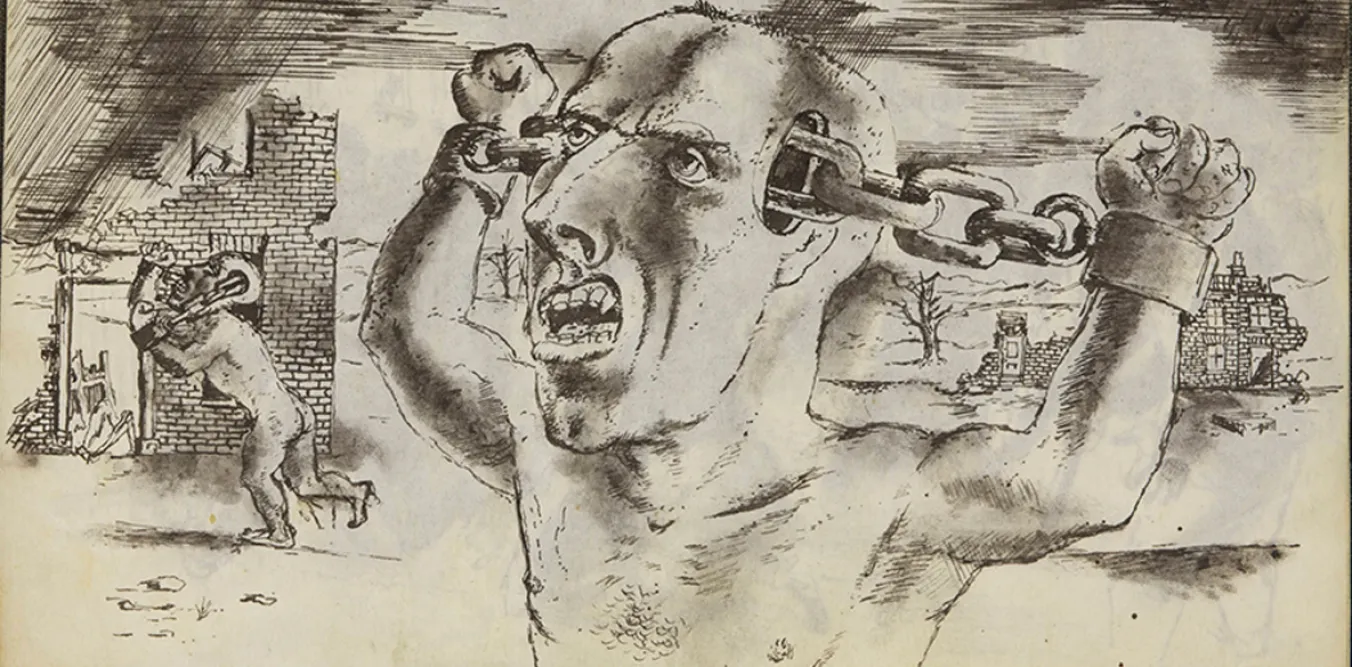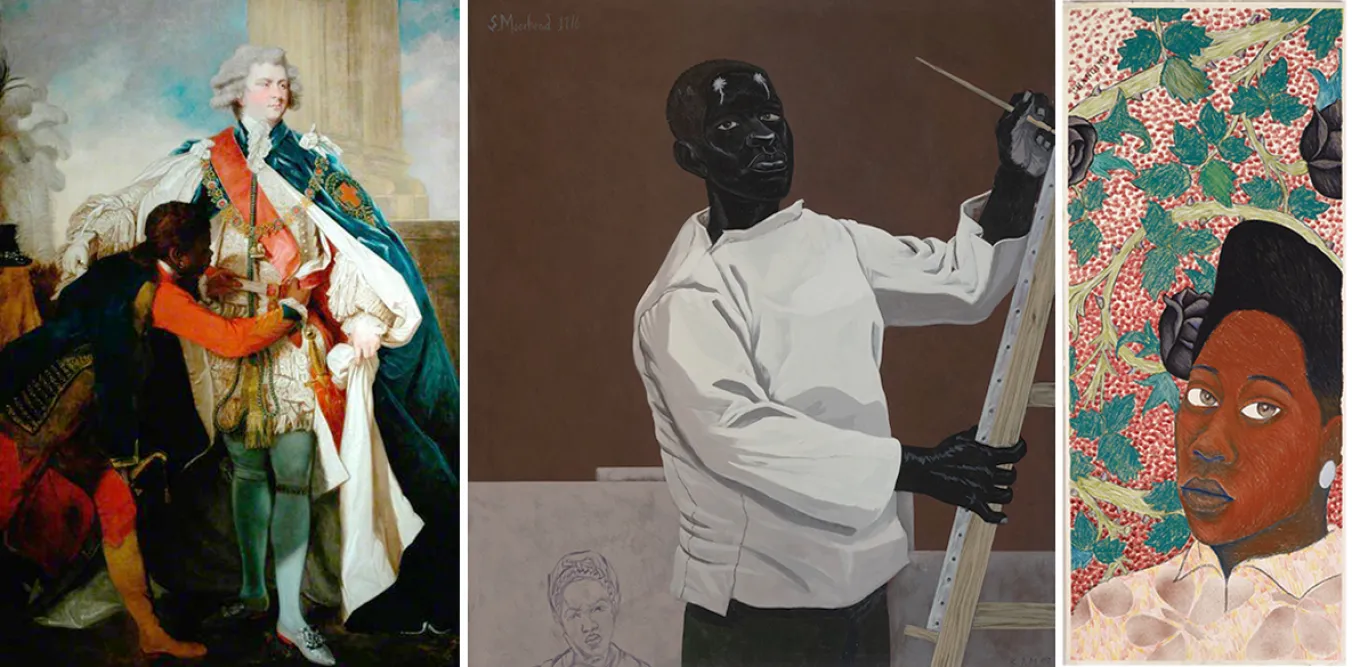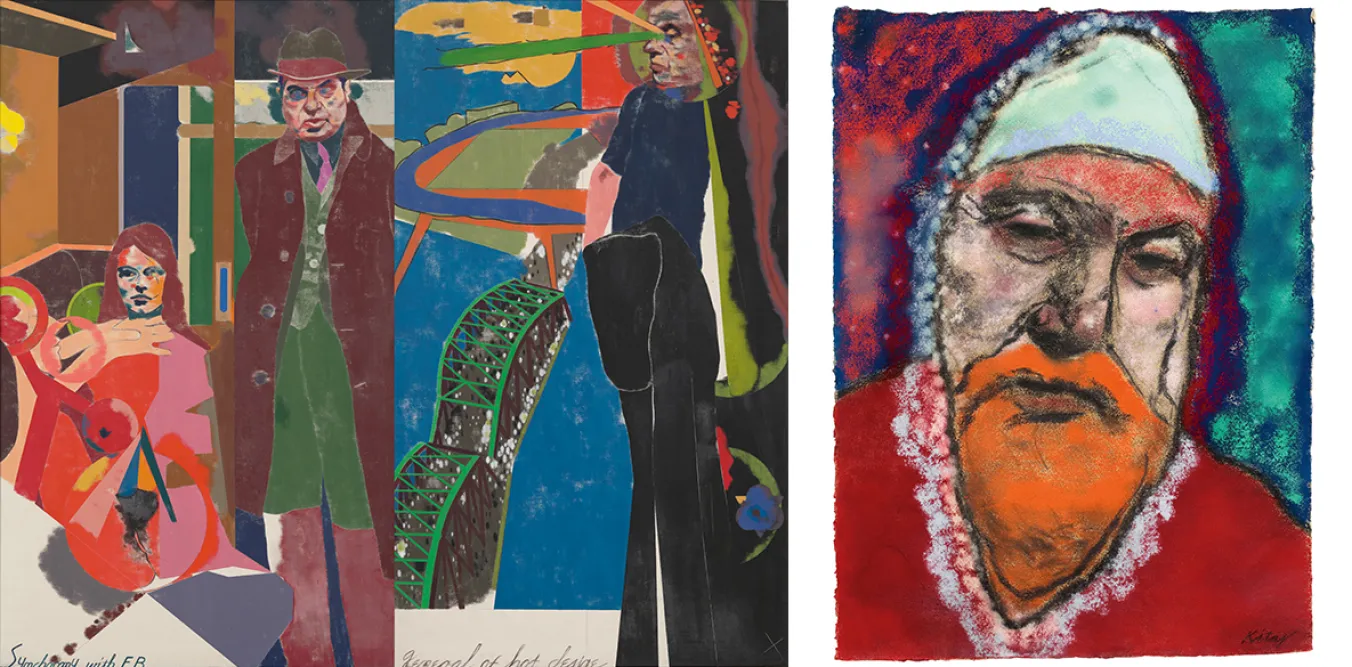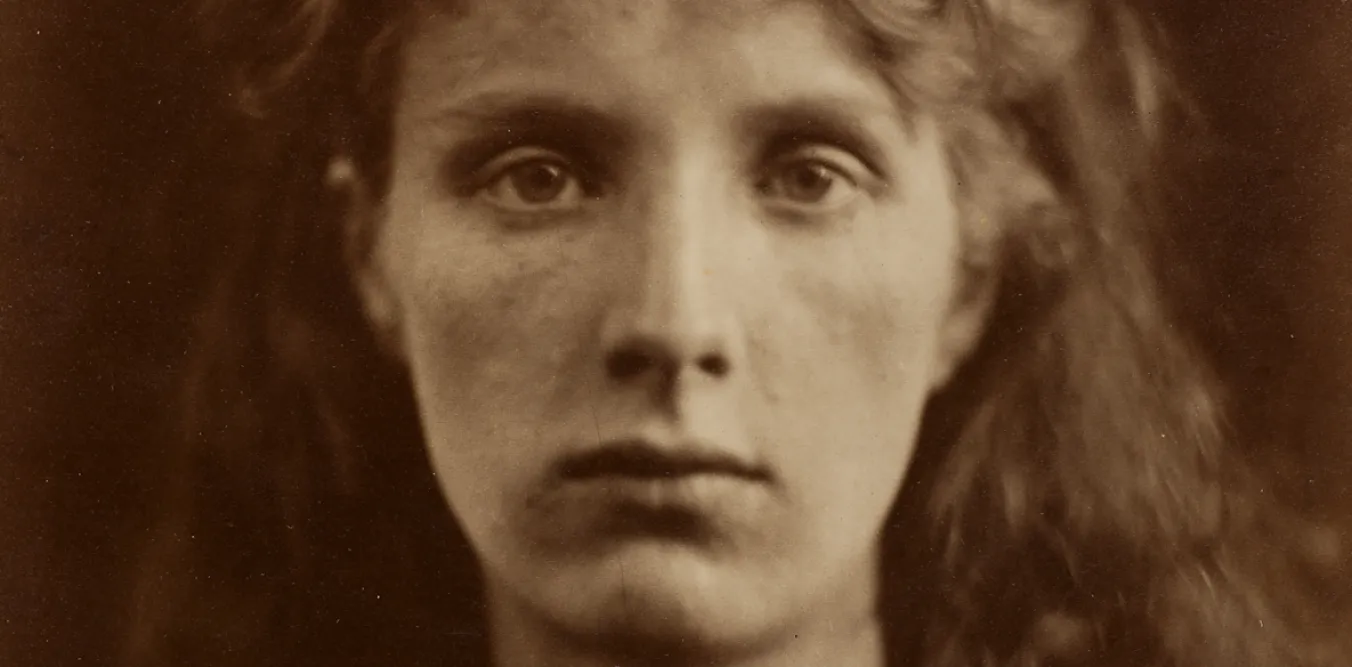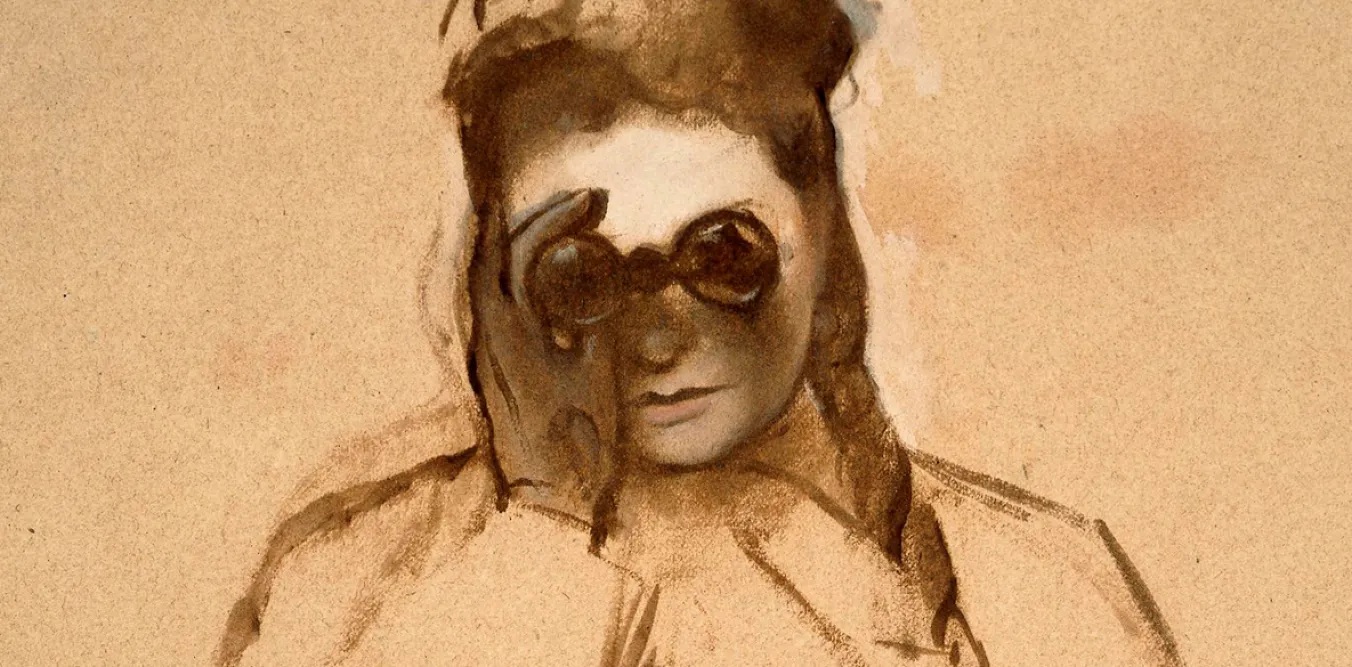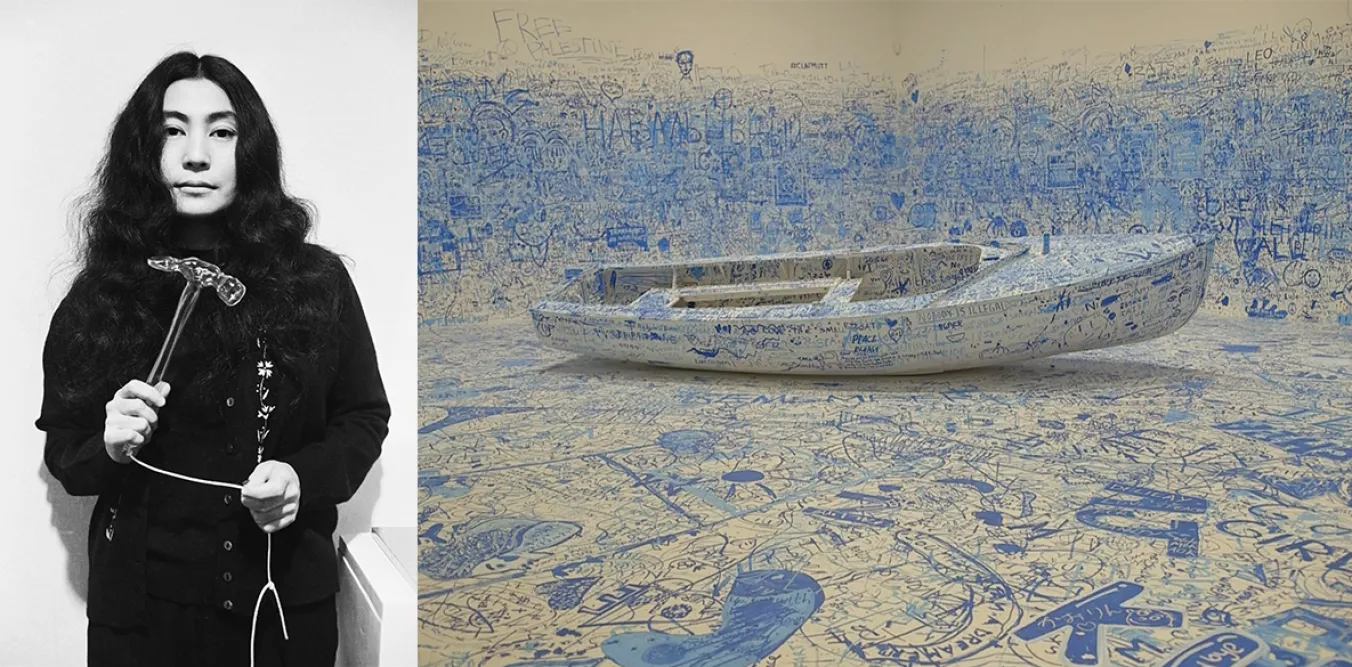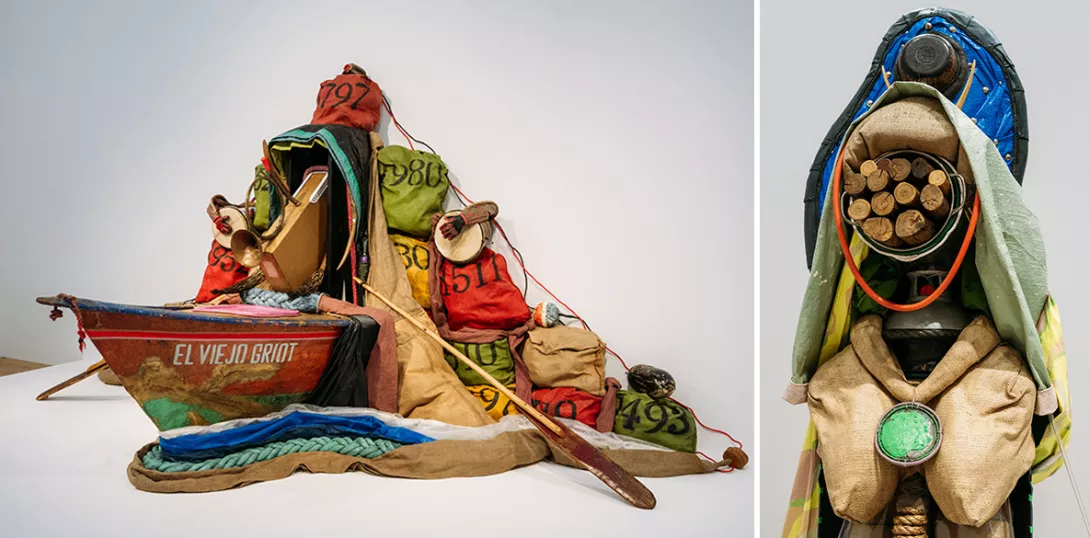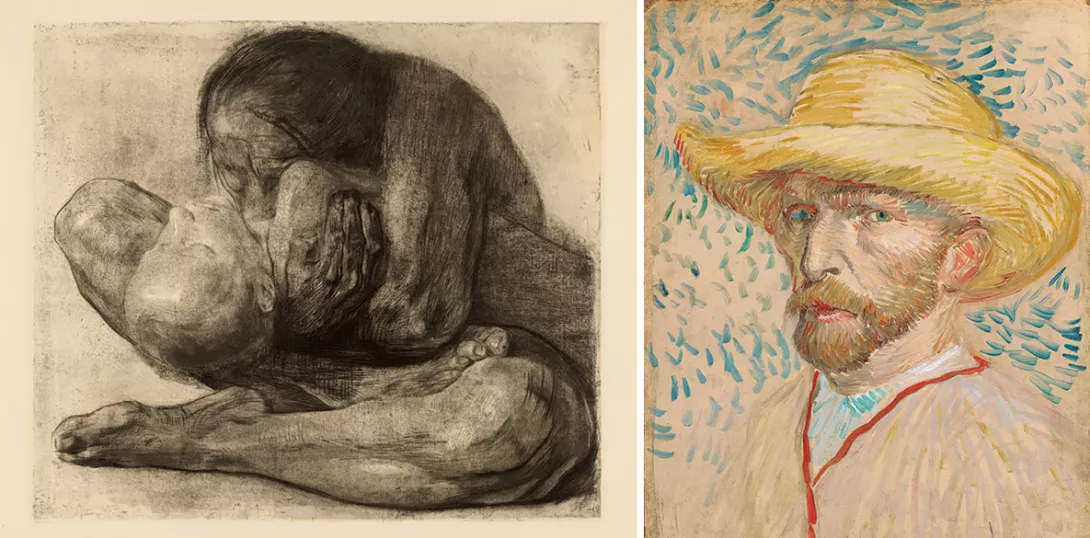
Expressionists: Kandinsky, Munter and the Blue Rider
Tate Gallery, London
In 1912 the Blue Rider artist Franz Marc wrote: “We are today seeking behind the veil of nature’s outward appearance hidden things which seem to us more important than the discoveries of the Impressionists... Art always has been and is in its very essence the boldest departure from nature and ‘naturalness’. It is the bridge into the spirit world.” No wonder that their works baffled most of their public which was used to the 19th century’s highly realistic depictions of the visible world.
[[{"fid":"66774","view_mode":"inlineleft","fields":{"format":"inlineleft","field_file_image_alt_text[und][0][value]":"Wassily Kandinsky and Franz Marc, Der Blaue Reiter, 1912. CREDIT: Public Domain","field_file_image_title_text[und][0][value]":false},"link_text":null,"type":"media","field_deltas":{"1":{"format":"inlineleft","field_file_image_alt_text[und][0][value]":"Wassily Kandinsky and Franz Marc, Der Blaue Reiter, 1912. CREDIT: Public Domain","field_file_image_title_text[und][0][value]":false}},"attributes":{"alt":"Wassily Kandinsky and Franz Marc, Der Blaue Reiter, 1912. CREDIT: Public Domain","class":"media-element file-inlineleft","data-delta":"1"}}]]That Wassily Kandinsky, Gabriele Munter, Franz Marc, Auguste Macke, Alexei Jawlensky and Marianne Werefkin had the confidence to experiment so wildly stemmed partly from building on the achievements of the recent avant-garde. Indeed Kandinsky frequently acknowledged his profound debt to Vincent Van Gogh and Paul Cezanne, while he, Munter, Marc and Macke had all visited Paris in early 1900s, then the centre of European avant-garde art, where they had seen Post-impressionist, Symbolist, Fauve, and Cubist works. Moreover they were familiar with recent art theories and formal innovations via the lively European art journals, to which Kandinsky and Marc contributed.
